Federico Fabbrini / May 2024
This paper examines the innovative legal technology of European governance introduced by the Recovery & Resilience Facility (RRF) and its growing diffusion to a plurality of internal and external EU programs. It argues that the RRF created a new governance model, based on a 5-step process: definition of EU priorities, design of national plans, EU assessment of national plans, national implementation of the plans, and EU monitoring. Since 2021, the RRF legal technology has been replicated in a half dozen contexts – including RePowerEU, the EU Social Climate Fund, the Macro-Financial Assistance+ Instrument for Ukraine 2023, the Ukraine Facility and even the new Stability and Growth Pact. The RRF model has several legitimacy advantages, because it favors national ownership, while still endowing the EU institutions with significant leeway to shape national policy-making. Moreover, as a performance-based arrangement, it has effectiveness advantages too. Yet this model has also drawbacks worth exploring.
Keywords: Recovery & Resilience Facility – Governance – European Union – National Ownership – European Influence
Federico Fabbrini is Full Professor of European Law, Dublin City University; Founding Director, Brexit Institute; PI Jean Monnet Centre of Excellence REBUILD (Recover of Europe, Budget of the Union: Integration, Law & Democracy).
Email:

 En
En  It
It 


